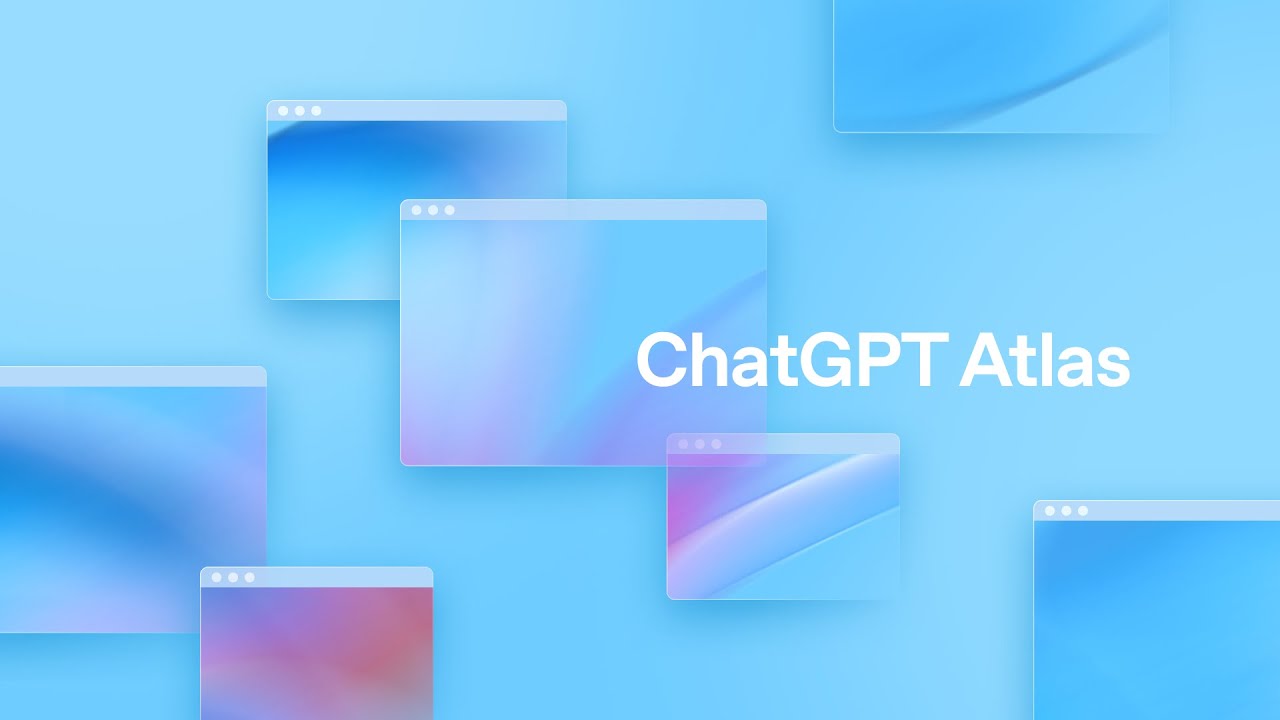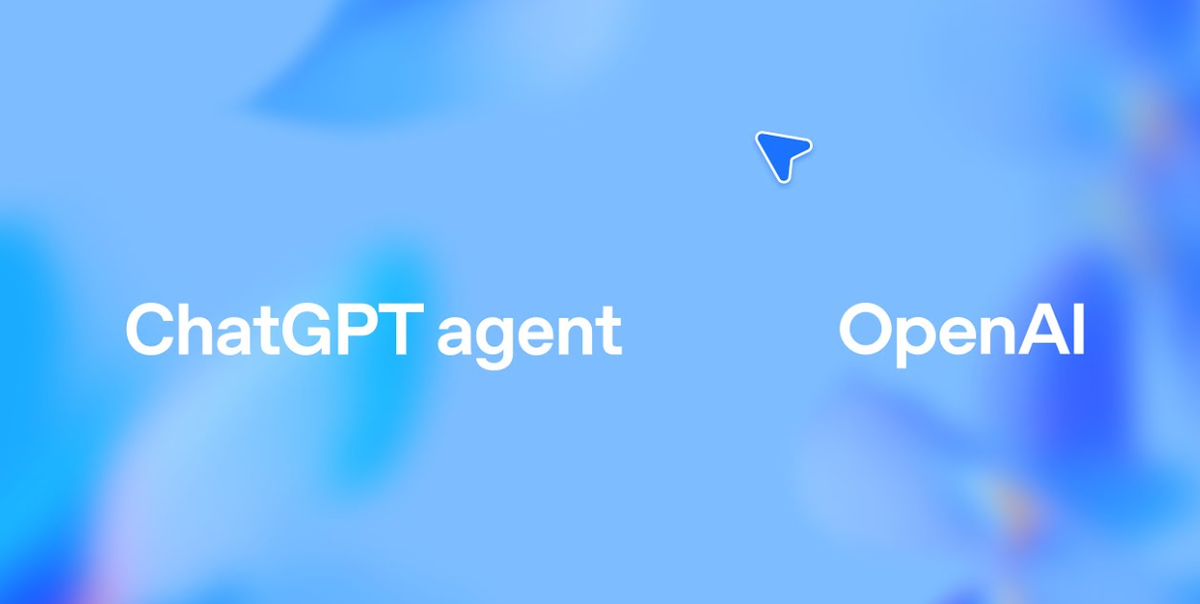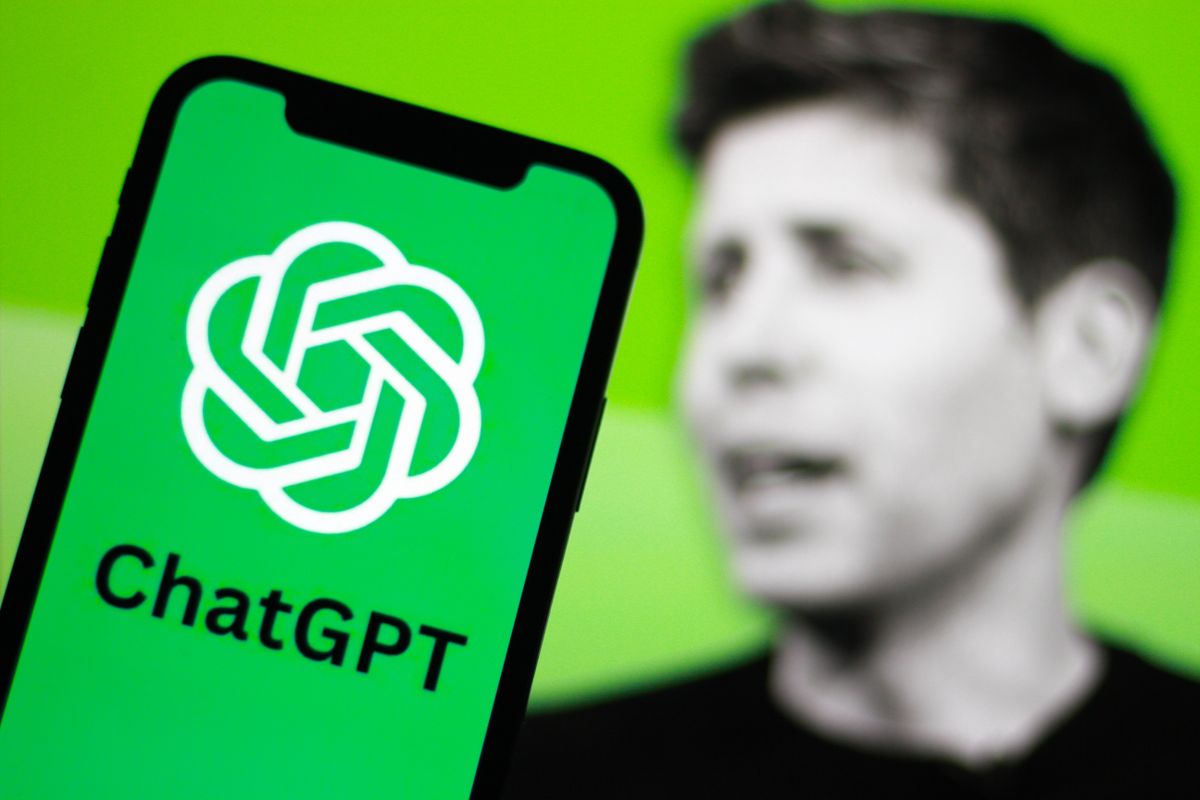Executive Hook
Atlas is a signal-not a solution-about where enterprise browsing is headed
OpenAI’s Atlas launched in October 2025 with a clear promise: reimagine the browser around conversational AI, in-page answers, and agent automation. Early hands-on testing-including our own—shows uneven value. Agents made irrelevant suggestions, and the built-in ChatGPT sometimes pulled context from the wrong tab, producing inconsistent results. That’s not a failure of AI so much as a reminder: without integration, governance, and change management, “AI in the browser” is a novelty, not a productivity engine.
The strategic takeaway for CIOs and IT leaders: treat Atlas as an AI workbench for targeted workflows, not a Chrome replacement. Pilot it where user intent, data permissions, and app integrations are clear—and expect ROI to arrive in phases, not overnight.
As one practitioner’s summary puts it: “Atlas is designed to reimagine web browsing as a conversational, AI-driven experience.” That’s true. It’s also true that “Atlas is not yet a mature enterprise solution.” Both realities can coexist.
Industry Context
The browser is your new operating system—but switching costs are massive
By late 2025, Google Chrome holds roughly 72% market share. Enterprises have spent a decade hardening it with SSO, device management, DLP, allowlists, and extension policies. A new browser is not a download—it’s a platform change with security, compliance, and support implications.

Atlas reframes the browser around agents that summarize, draft, and act. Where it works, it compresses multi-tab tasks into conversations. Where it doesn’t, it exposes a “two-speed web”: “Atlas performs best on websites optimized for AI agents, creating a two-speed web.” Organizations with structured content, robust APIs, and agent-friendly markup will see value sooner; others will see frustrating false starts.
Analysts across Gartner, Forrester, McKinsey, and IDC converge on a consistent theme: AI productivity gains are real but conditional. They follow integration and process redesign—not just tool adoption.

Core Insight
Value concentrates where your data is structured and your workflows are instrumented
Atlas’s native agent is only as good as the context and affordances you give it. When websites are ambiguous, behind paywalls, or hostile to automation, agents guess. When internal systems expose clear APIs, permissions, and schema, agents automate safely.
The highest near-term payoff isn’t “browsing better,” it’s compressing well-defined, repetitive browser workflows: triaging emails and tickets, compiling supplier comparisons, extracting fields from invoices, or creating first-draft summaries with links to source. Think workflow accelerators, not web wizards.

Expect a phased ROI:
- Short-term (0-6 months): Modest time savings from summaries, inline drafting, and tab-to-note capture. Benefits are uneven, adoption is spiky.
- Medium (6-18 months): Material efficiency once you integrate identity, knowledge bases, and a handful of internal APIs for agent actions. Agent success rates rise with guardrails.
- Long-term (18+ months): Strategic advantage as AI-friendly web standards and your own data structures mature. Your owned channels become “agent-first,” and external sites optimized for agents become disproportionate traffic sources.
Common Misconceptions
What most companies get wrong about Atlas and AI-first browsing
- “Switching browsers delivers immediate productivity.” Reality: value is conditional on integrations, user training, and site support. Without them, agents meander and hallucinate.
- “Built-in ChatGPT means perfect page awareness.” Not today. Session context can misalign; treat in-page answers as drafts and require citations to the active tab.
- “Agents are safe by default.” Any agent that can click, form-fill, or purchase is a blast radius. Prompt injection, data exfiltration, and checkout abuse are real attack paths highlighted repeatedly by security researchers.
- “We can swap Chrome for Atlas overnight.” Extension compatibility, SSO, device posture, proxies, CASB/DLP routing, and policy control must be replicated. Expect months, not days.
- “Atlas replaces knowledge management.” LLMs amplify structured content; they don’t fix messy taxonomies, stale pages, or missing APIs.
Strategic Framework
A four-lens approach: Value, Risk, Integration, Change
- Value: Target 3-5 repeatable workflows with measurable cycle times. Define success as agent assist, not autonomy. KPIs: task time reduction, agent success rate, citation coverage, user adoption (weekly active users), and quality score (human rating).
- Risk: Start with read-only or “prepare, don’t post/purchase” modes. Mandate human-in-the-loop approvals for any action. KPIs: incident count (blocked actions), hallucination rate per 100 outputs, prompt-injection detections, and data leakage findings.
- Integration: Wire identity (SSO), policy (MDM, DLP, CASB), and telemetry (SIEM). Connect knowledge sources via APIs. Expose a small set of internal actions with least privilege and rate limits. KPIs: connector coverage, API error rate, time-to-triage failures.
- Change: Treat adoption as behavior change. Train with job-centric playbooks, appoint champions, and instrument feedback loops. KPIs: enablement completion, NPS, time-to-first-value, and weekly task usage per user.
Plan for the “two-speed web.” Optimize your owned properties for agents: schema-rich content, clear navigation, robots and security headers tuned for safe agent access, and OpenAPI specs for sanctioned actions. That’s how you capture value early and signal trust to enterprise users—yours and your customers’.
Action Steps
What to do Monday morning: a pragmatic pilot, TCO lens, and governance checklist
Pilot in 8–12 weeks
- Select 3 use cases: (1) Knowledge lookups with citation capture (customer support, sales engineering). (2) Procurement comparisons across approved vendors. (3) Invoice/contract field extraction into your system of record.
- Scope guardrails: Read-only browsing and draft-only outputs; no purchasing, posting, or admin console access. Require human approval for any action or API call that changes state.
- Connect foundations: SSO, MDM, DLP/CASB, SIEM. Plug in knowledge bases (Confluence/SharePoint) and one or two internal APIs with least privilege.
- Instrument quality: Enforce source citations, confidence signals, and link-back. Randomly sample outputs for factuality and data handling.
- Train and enable: 60-minute job-role sessions, quick-reference playbooks, office hours. Nominate champions in each pilot team.
- Decide with data: Success if cycle time ↓ 20–30%, agent success rate ≥ 70%, hallucination rate ≤ 3 per 100 outputs, and no P1 security incidents. Otherwise refine or retire.
TCO: expect phased investment
- Pilot (low five figures): Licenses, security review, enablement, and light integration.
- Scale (mid six figures): Connector build-out, monitoring, red-teaming, policy automation, and support runbooks.
- Enterprise rollout (high six to seven figures): Broad integration (HRIS, ERP, CRM), governance automation, content restructuring, and sustained training. Ongoing costs include API usage, model upgrades, observability, and incident response.
Governance and security checklist
- Data boundaries: Confirm data retention, training opt-outs, regional processing, and telemetry minimization. Segment work/personal profiles by policy.
- Agent permissions: Default to “prepare-only,” allowlist domains and actions, block checkout, social posting, and admin consoles. Require explicit approvals with audit trails.
- Threat model: Test prompt injection, drive-by jailbreaks, cookie theft, and data exfiltration paths. Use content security policies and isolate agent sessions.
- Observability: Send agent prompts, actions, and outcomes to your SIEM with PII redaction. Monitor success/failure patterns and drift.
- Compliance: Map to your controls (SOC 2, ISO 27001, HIPAA/PCI as applicable). Run DPIAs where needed and update records of processing.
- Extension parity: Validate must-have extensions and GPO/MDM policies. Maintain a fall-back path to Chrome/Safari for legacy apps.
Procurement questions to ask now
- What telemetry leaves the device, and can we disable or minimize it?
- Are page contents, prompts, or outputs used for model training by default?
- How is session context scoped to the active tab? What safeguards prevent cross-tab leakage?
- What admin policies govern agent actions, allowlists, and logging?
- How are prompt injection and malicious DOM content mitigated?
- What is the break-glass path if the agent attempts unintended actions?
Bottom line
Atlas points to a future where the browser becomes an orchestration layer for agents. But don’t mistake direction for destination. In the near term, the gains are narrow and conditional; the risks are real but manageable with guardrails; and the switching cost is high. Treat Atlas as an AI workbench for specific, high-frequency workflows. Pilot deliberately, measure ruthlessly, and invest in the unsexy work—APIs, structure, governance—that turns “AI in the browser” from a demo into durable advantage.
Leave a Reply